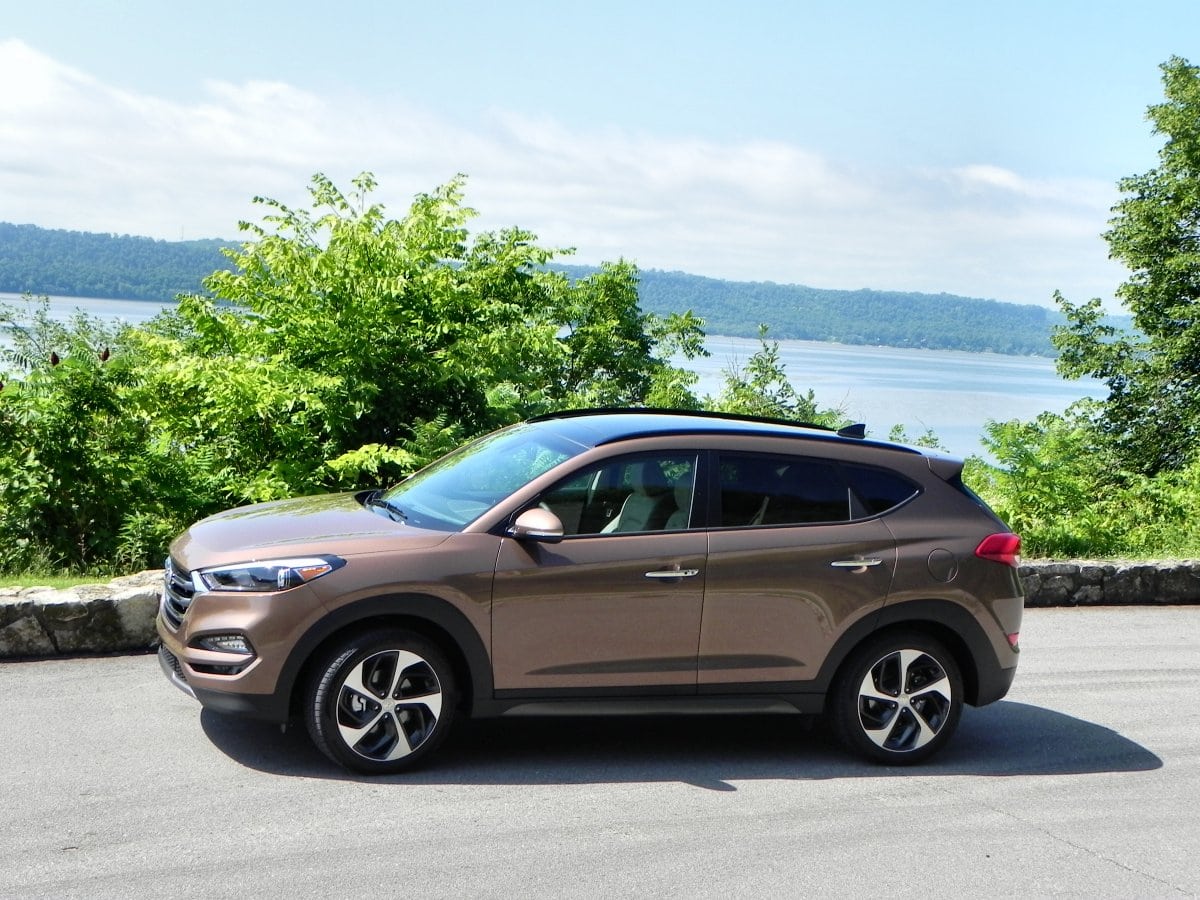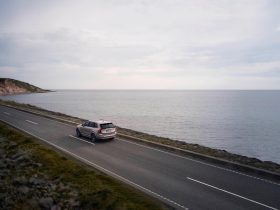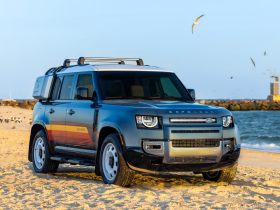The Ford Ranger gets a full redesign for the 2024 model year. While most of our complaints from the previous-gen Ranger were addressed, some still remain. The jumpy turbocharged engine, for example, is still terrible for towing. But the interior is far superior to the previous one and ride quality is much better now.
Also added for the 2024 model year is a new Ranger Raptor model, which we’ll review separately as it really deserves its own focused look. It’s far different from the standard Ranger models we’re looking at here.
To start with, Ford simplified the Ranger’s lineup by dropping several options that just weren’t big with consumers. Now, a crew cab model with a short bed is all there is for choices in body style. Outside of a handful of work truck buyers, rentals, and a few die hard “basic is all I need” types, few bought anything but the crew cab short bed. But both the 2.3L and 2.7L engine are still available for the Ranger.
The base 2.3-liter turbo outputs 270 horsepower and 310 pound-feet of torque to a ten speed transmission. We prefer this engine as it’s less jumpy when towing and generally smoother all the way around. It’s not as go-gettin’ as the larger displacement option, but it’s more than enough for this truck.
The 2.7-liter turbo bumps HP to 315 and lb-ft to 400. This means better speed-up and go, but not much else. All Ranger models (except the Raptor) have the same 7,500 pound towing capacity whatever the engine or whether rear-wheel or four-wheel drive. So the only reason to choose the 2.7 is to go a little quicker.
To keep the 2024 Ranger’s price under $40,000, though, you’ll need to stick with the 2.3. And we’re fine with that. The base model is about $34,000 while the popular XLT model is about $38,000. Add in the 2.7 to that and the price goes over $40k. And the upgrade automatically adds 4×4, another uptick in cost.
So for us, the 2024 Ford Ranger with the 2.3L turbo is still the best option in the standard Ranger lineup.
The biggest upgrade is the interior. The inside of the 2024 Ranger is far more upscale and takes a lot of cues from other Ford models, including the F150. Materials quality is better and the cheapness of the previous-generation is gone. Seating is also much improved, having more truck-like design than small SUV to it. Slipping and sliding isn’t as much a problem as it was for me in the previous generation.
The rear seats are tight, but that’s true in all of the midsized trucks on offer now. Except the Honda Ridgeline, which has far better rear seating by comparison. But controls are better placed now, with a more intuitive design. Sadly, climate controls are all on-screen now, which is not our favorite, but a separate volume knob is a good thing. And a near-permanent top row of quick virtual buttons on the infotainment screen for things like the camera and radio are a fair compromise to not having physical buttons for those things.
Technology-wise, the Ford Ranger is in line with the rest of Ford’s latest lineup. Lots of good use of screen space and quick responses to inputs are high points. Android Auto and Apple CarPlay are now wireless by default. Another upgrade. And they are easily disabled from the screen when not needed. Something a lot of other makes can’t promise.
Another big upgrade to the new Ford Ranger is with its driver aids and safety systems. There are few others in this segment that can offer the same kind of high-end tech. Especially in camera resolutions and overall ease of use. When trailering, for example, the Ranger automatically turns off the rear radar. Ford’s rear radar instead turns to just the outside bumper sensors and extends those further back to accommodate the trailer. This idea works pretty well in practice, though trailers longer than 15 or so feet will stretch beyond the radar, despite what Ford says otherwise.
In all, the 2024 Ford Ranger is a solid upgrade for the midsize truck. It’s still not our favorite for towing, but is otherwise ahead of the pack when it comes to everything else.














